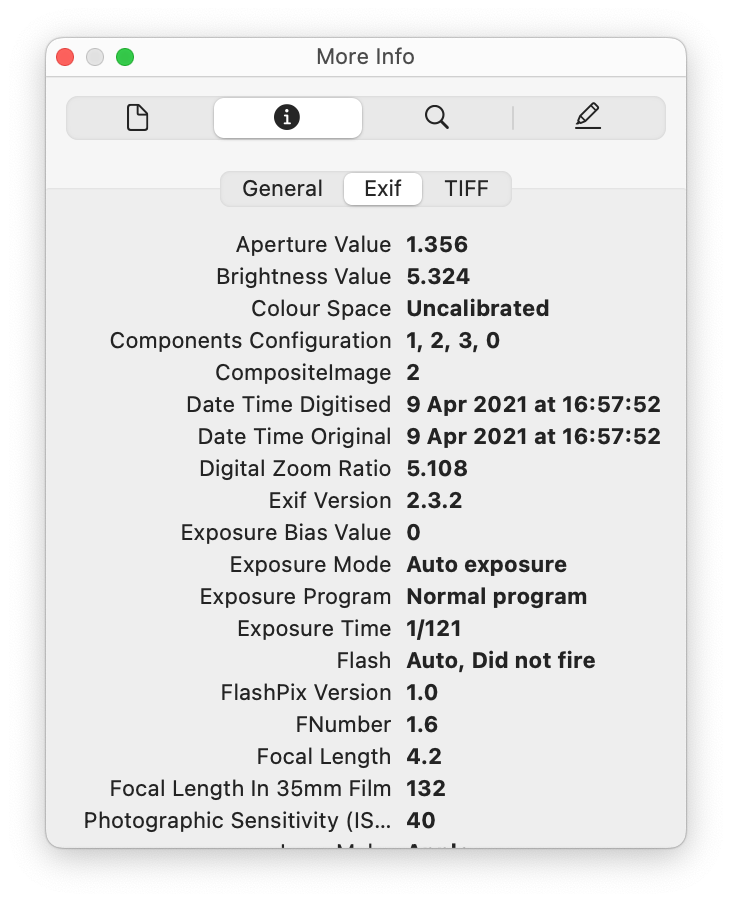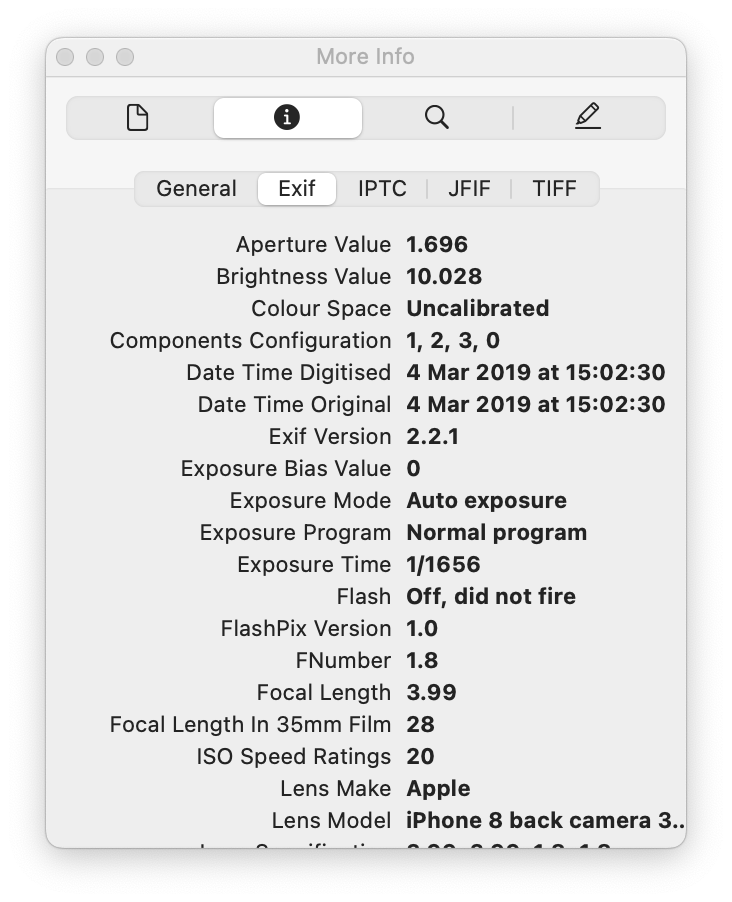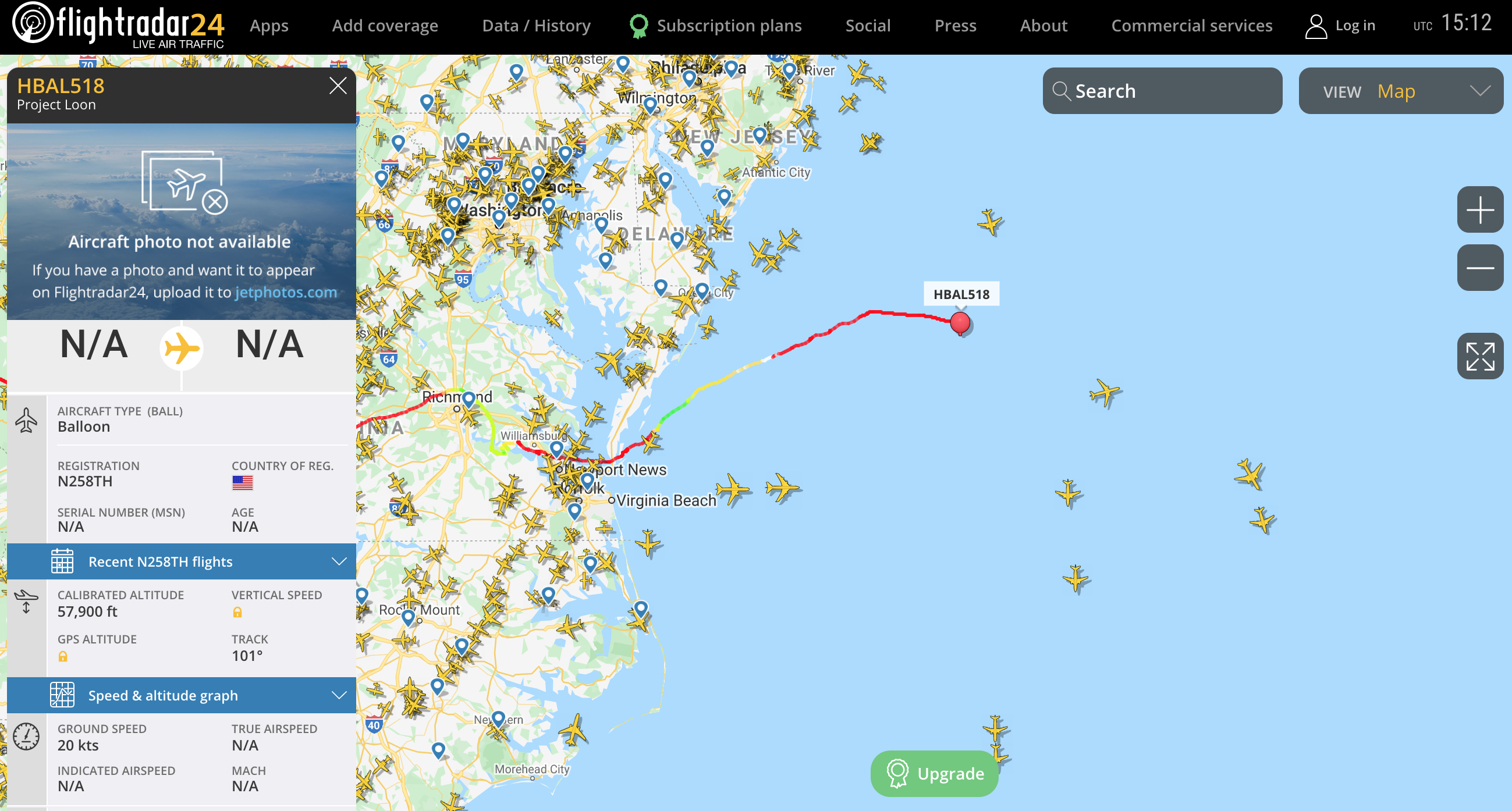gtoffo
Active Member
If the balloon was 1/3 of the size I've calculated you would need to scale down the whole "triangle" and that would give you a third of the distance (so very very close) and the aircraft would need to go 1/3 of the speed and would be stalling even with full afterburner.Ive seen the Batman balloon listed as being 33in = 86cm, but exactly what dimension this relates to is unknown, (link)
It would be interesting to do the calculations the other way around, ie, if we know the size of the Batman balloon, can we calculate the speed of the aircraft using the photos and metadata, and is it within the flight envelope of the F/A-18E...?
Even at half the speed I used in my lower estimate the plane would be at the minimum controllable speed for sea level and probably would be stalling at that altitude even with full after burner and full flaps.
No intercept would be done at stall speed with full after burner. Jets like to fly fast especially at high altitudes and afterburners are very inefficient.
300/350knots (what I used in my lower bound) is probably the minimum given the altitude. Maybe 250 is the extreme minimum but highly unlikely in this scenario.




